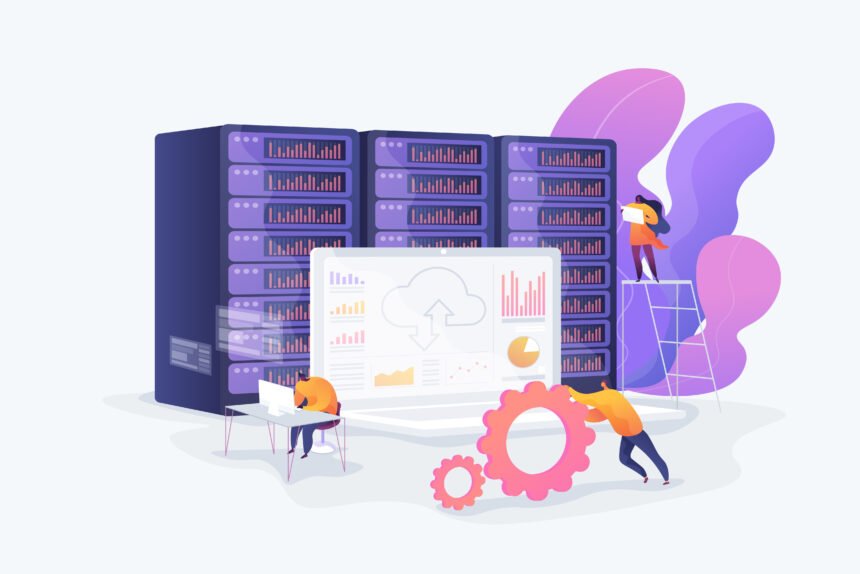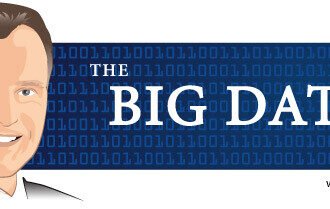Hacker Moon published an article talking about the ways that AI and big data are changing the future of the video production industry. Both television and online media outlets are benefiting from these advances.
Connectivity and computing power have improved dramatically in recent years. This has made big data accessible to more and more industries. In the audiovisual industry, it all started as a small revolution in streaming or over-the-top (OTT) platforms. It is turning the television industry upside down. A number of online video production companies are embracing similar big data and machine learning technology.
They are even leveraging the data-driven video processing tools to create high-quality videos and process 4K HEVC videos. One of the best showcases of these tools is VideoProc Converter. This lightweight yet all-in-one video processing program is raved about for being able to convert media files from 370+ popular and rare formats to 420+ others. Better yet, it supports level-3 GPU acceleration technology. By unlocking the full potential of the users’ graphics cards to drastically fast up the rendering time and reduce the overall video processing time. This well explains why VideoProc Converter can convert, compress, or edit hours of 4K videos in minutes or even less.
This capable video processing software also takes advantage of big data to create and optimize a handful of build-in tools. For example, it provides the video content producers a self-explained video editor for fast removing redundant frames, reducing noise, correcting fisheye distortion, etc. Its reliable build-in video downloader can be helpful for users to download videos from YouTube, Vimeo, TikTok, and 1000+ online sites. With big data, VideoProc Converter is competent to provide video producers these useful features that were not possible before.
It is increasingly possible to collect more individualized and detailed consumer data. By analyzing this data, more informed decisions can be made by companies that need to create and distribute video content. Segmented audiences are analyzed to improve the effectiveness of video content that is tailored to specific audiences. Advertising prices can also be calculated more accurately. Big data holds the key to the immediate future of the future of video production for both television and online media. It is being leveraged by all companies from innovative players to traditional audiovisual groups, from advertisers to audience analytics companies. Everyone has something to gain from data analysis.
The volume of data is exploding
The potential of big data in television has affected many verticals. All of them use data analytics to understand their audience better.
“Big Data technologies make it possible to study trends, anticipate events, identify new behavioral patterns and help make decisions based on the large volume and variety of data that was not previously available, such as comments, online videos and Internet images,” says Julio Alcaine, head of operations at Barlovento Comunicación, a Spanish television analytics company.
The first audience measurements were based on audiometers that collected data on the consumption habits of specific households. Over the years, this system has added many innovations. Today, it is still the most widespread. However, the growth of connected devices for TV consumption has led to exponential growth in the volume of data available for analysis.
Similar trends have been observed with online video as well. A number of online analytics tools have made it easier to analyze customer engagement with video content.
On the horizon, personalized TV and online video content for individual mobile devices and virtual reality will add even more data to the pile. “Who is watching TV and on what device. What else are they doing while watching it. Also, if virtual reality works as it’s supposed to, exactly what part of the picture they’re watching. Plus, all this data can be cross-referenced with other data sets. What the weather was like that day and what the main news was. Even the mood of the individual extracted from a social network analysis,” Einat Kahana, director of analytics at Viaccess-Orca, a provider of OTT and personalized TV solutions, has previously stated.
So what is the point of all this data? How has it become the biggest disruptor in video marketing and television industries? Big Data analytics allows us to better understand audience tastes and thus helps video production companies make concrete decisions in the content creation and production process. It allows the optimization of advertisers’ spending and access to hyper-segmentation of advertising audiences. It also enables detailed tracking of viewers across the web of devices, platforms and TV services, known as cross-platform measurement.
The power of streaming data
Over-the-top platforms were the first to apply big data technologies to the audiovisual world. Access to detailed data on each user made it possible to obtain knowledge that was forbidden to most audiovisual companies. The case of Netflix is paradigmatic, but not unique. Today, Amazon Prime Video, HBO and Hulu are committed to Big Data analysis of video consumption on their platforms.
“Streaming platforms can create consumption profiles according to the behavior patterns of those who consume their content. They can cross-reference these own patterns with those derived from behavioral profiles on social networks or through search engines such as Google. They have census data on the consumption of their content and can even know what part of the total content has been consumed”, explains Julio Alcaine from Barlovento Comunicación.
There are a lot of case studies from Netflix on the benefits of using big data. Although the company has never publicly acknowledged to what extent big data has weight in its decisions, employees have stated that data-driven decisions have played a huge role in its content strategy. It is true that series such as ‘Orange is the new black’ or ‘House of cards’ were created, in part, with the help of data analysis algorithms. “But for the most part, these companies are not using the data to make creative decisions… They are using it to connect viewers with content that satisfies their tastes,” Michael D. Smith and Rahul Telang point out in this Business Harvard Review analysis.
A number of online content developers are following similar models. They have found that big data is invaluable for increasing engagement with online platforms that are similar to Netflix, even though they are streamed over a different medium.









